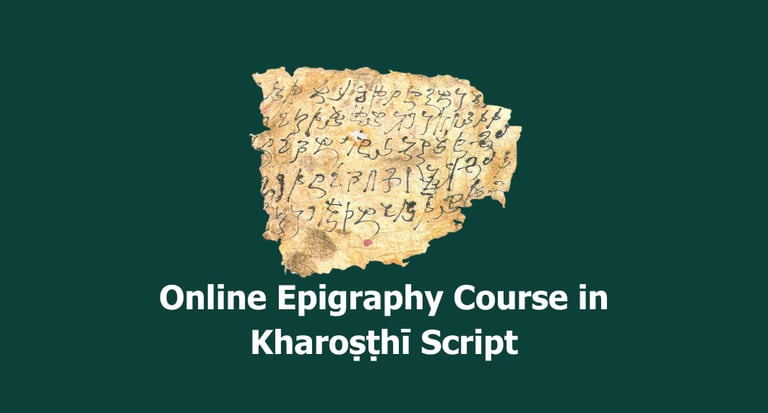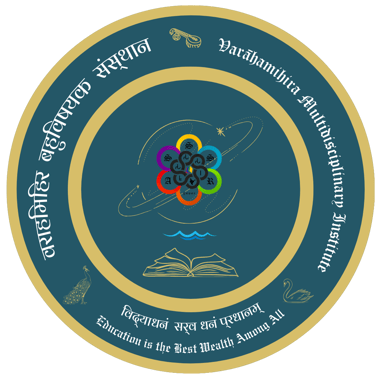The Kharoṣṭhī script, an ancient writing system used in the northwestern regions of the Indian subcontinent, played a crucial role in preserving the cultural and religious heritage of early Buddhist and Gandhāran civilizations. Originating around the 3rd century BCE and influenced by Aramaic script, Kharoṣṭhī was employed for inscriptions, manuscripts, and official documents across modern-day Pakistan, Afghanistan, and parts of Central Asia. This online course offers an immersive introduction to Kharoṣṭhī epigraphy, exploring its paleographic development, structural features, and historical significance. Designed for students, researchers, and enthusiasts of South Asian history, linguistics, and archaeology, the course equips learners with the skills to read, interpret, and analyze Kharoṣṭhī inscriptions using authentic sources and scholarly methodologies.
COURSE GLIMPSE:
This online course provides a hands-on approach to understanding the Kharoṣṭhī script through lectures, interactive exercises, and primary inscription analysis. Learners will study the script's origins, evolution, phonetics, and key orthographic features. Through curated examples from Gandhāran inscriptions and manuscripts, students will engage with real-world texts and develop practical reading skills. The course includes transliteration techniques, contextual interpretation, and tools for identifying regional variations. Supplemented with high-resolution images and guided tutorials, the curriculum is designed to foster both academic and practical fluency in Kharoṣṭhī epigraphy.
COURSE OBJECTIVES:
To introduce the historical and cultural context of the Kharoṣṭhī script and its usage.
To develop proficiency in reading and transliterating Kharoṣṭhī inscriptions.
To analyze epigraphic sources with attention to linguistic, paleographic, and archaeological aspects.
To equip learners with tools for independent research in ancient scripts and South Asian epigraphy.
To encourage critical engagement with primary sources and scholarly literature.
ELIGIBILITY:
Students Pursuing / Completed Graduate / Post Graduate / MPhil / PhD / Academicians in any subject with known of Devanagari Script.
GENERAL INFORMATION:
Duration of the Course
Total Module
Total Assignments
Main Examination
Lecture Timings
:
:
:
:
:
01 Month
MOOCs
04
01
Everyday MOOCs Based
ASSESSMENT SCHEME:
The program includes three assignments, each worth a maximum of 30 marks.
The main open-book examination is worth a maximum of 70 marks.
NUMBER OF SEATS:
50#
(# First cum first serve basis & the online registration form will be disabled after the first 50 slots are filled)
AGE LIMIT:
18 - 40 Years


VARĀHAMIHIRA MULTIDISCIPLINARY INSTITUTE
(a component of Asiatic Society for Social Science Research)
Flat No. 1 U/G House No. 677/16, Ashok Vatika Deoli, New Delhi
PIN - 110080 (India) [DIGIPIN - 39J-M92-922C]
Telephone: +91-7827411794; Email: email[at]vminstitute[dot]in
© 2025. All rights reserved.


Fine Payment Portal
Notifications
Cookies Policies
Access Control Policy
